The Tampa Bay Lightning are the closest we’ve seen to a dynasty in the salary cap era. Back to back Stanley Cups and a Stanley Cup Finals loss away from a three-peat, the Lightning went on a dominant run for a few seasons. Cracks are starting to show, however, with a first round loss to the Maple Leafs last spring and a likely wild card berth on tap this season. How long can the Lightning hang on as a contender?
Roster Ruminations
NHL Roster
The Lightning roster looks as though we can expect more of the same next season. Very strong predicted 5v5 high danger SV% help keep the Lightning looking about average again next season, with most other key 5v5 metrics predicted to be rather pedestrian. UFAs have been stripped from the rosters for the team profiles, so the Lightning will attempt to gain ground against the rest of the NHL as they either retain or replace the likes of Steven Stamkos and Anthony Duclair.

Salary Cap Management
The salary cap has taken a bite out of the Lightning’s championship rosters. They still have the elite talent at the top of the lineup, but much of the depth that made them so dominant has relocated due to cap constraints. That may continue this summer, as the Lighting have only about 10% of next years cap space available. The long term outlook is more worrisome. The Bolts have committed to a large contingent on long term contracts, so reconfiguring their core will be difficult.
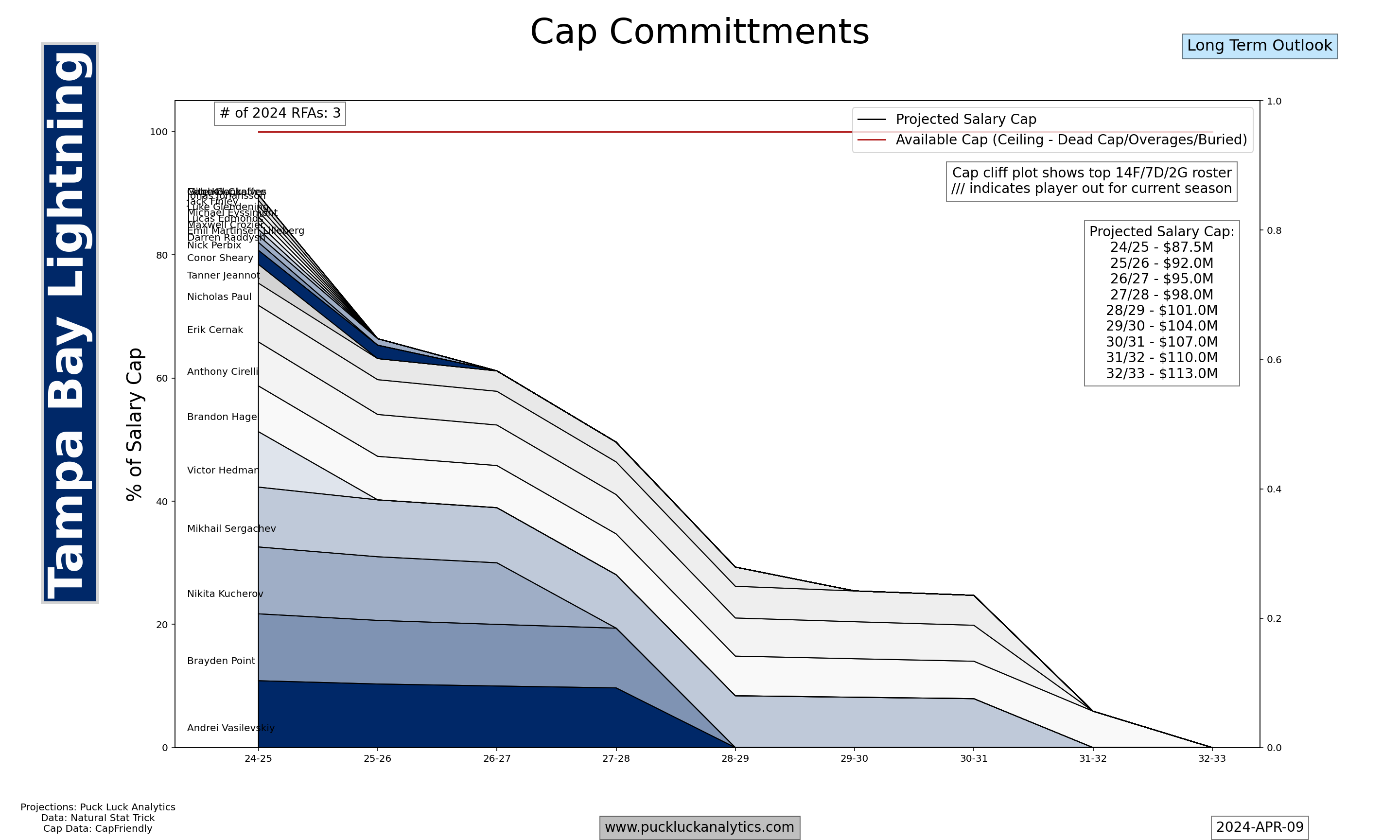
Future Assets
The Lightning haven’t been shy about using future assets to add to their playoff rosters through their contention window. Hockey Prospecting ranks them 26th in the NHL for their prospect pool and their collection of draft picks is below baseline for the next three drafts.
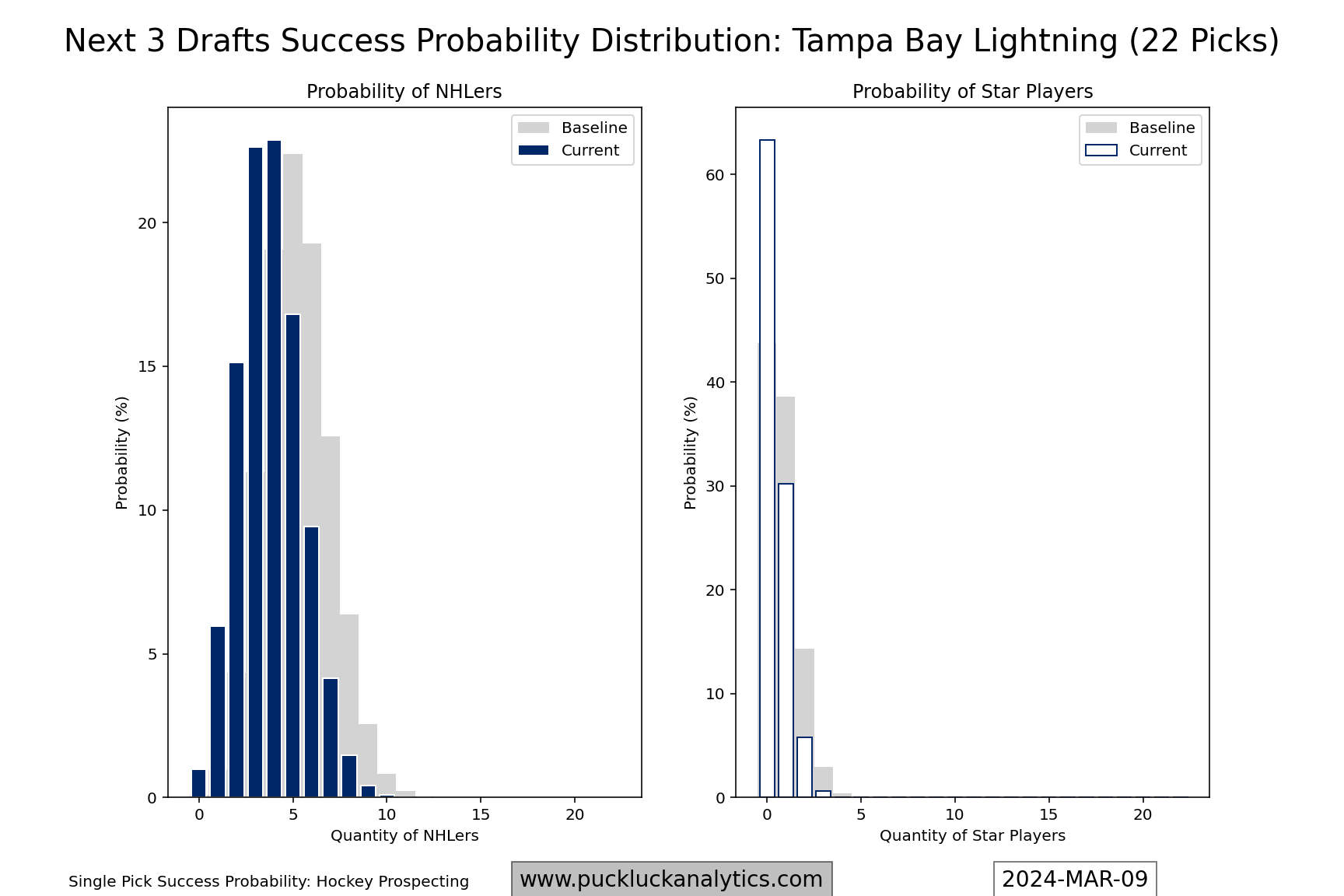
What’s Next?
The Lightning’s recent dominance was led by a core group of elite players that is, in large part, still with the team. They still have more in the tank, too. Sure, they’re getting into their late prime but Nikita Kucherov’s 23/24 season has his name coming up in Hart Trophy discussion. Andrei Vasilevskiy seems to be finding his form again after surgery held him out of the early part of the season. For the most part, the players at the top of the Bolts’ lineup are still in their late prime. Victor Hedman and pending UFA Steven Stamkos are the eldest in the group, at age 33 and 34 respectively. It’s not the top end talent dragging the Lightning roster into average territory.
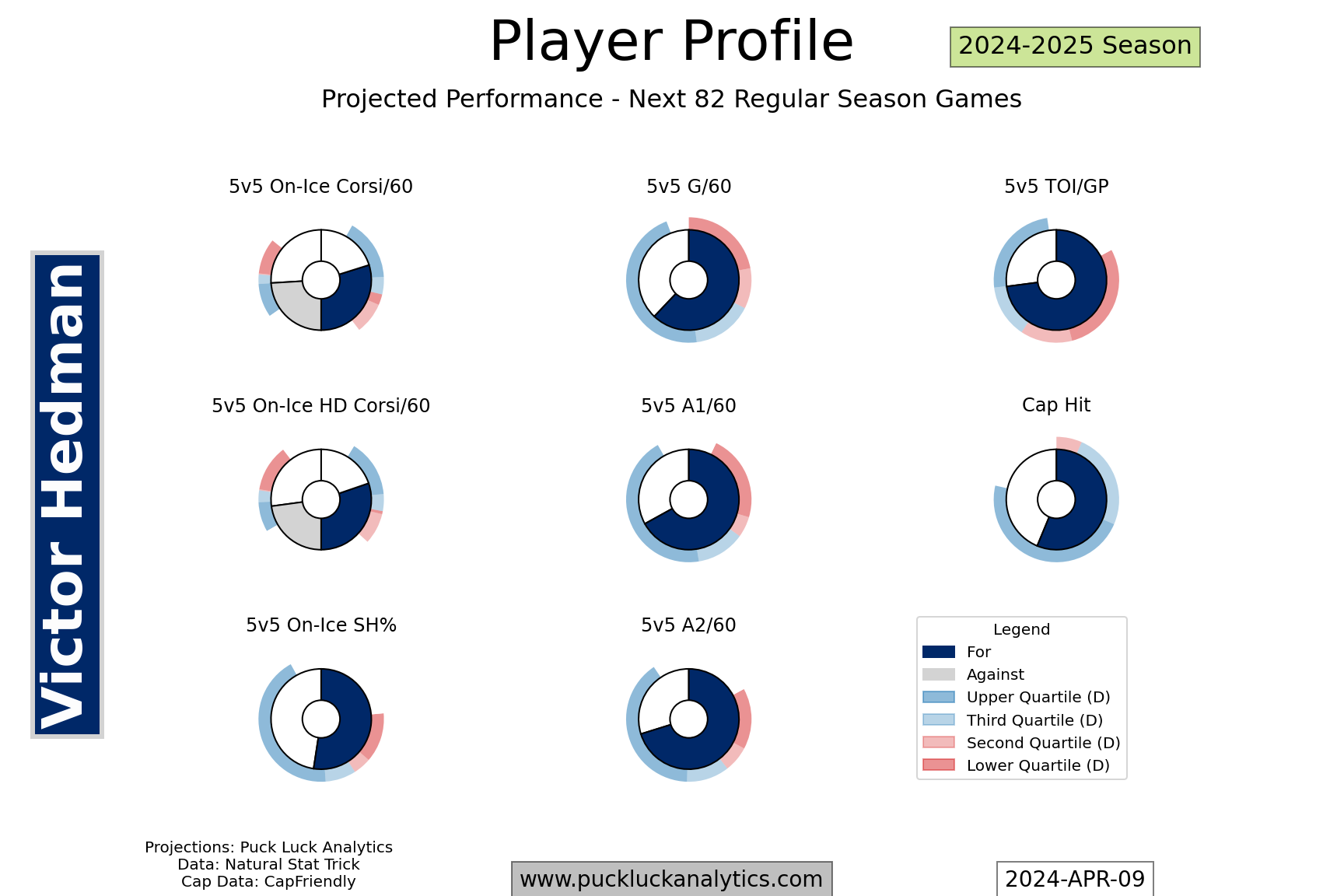

It’s the supporting roles where the Lightning have taken a hit since their dominant run a few seasons ago. They’ve given up some significant futures packages to fill the holes left by departing players. They sent a package of five picks to the Predators for Tanner Jeannot last season. They signed him to an extension but he hasn’t provided the middle six impact they need. Brandon Hagel was another previous deadline addition who signed a big, long term deal. He’s a capable support player, but the cap hit is contributing to the cap crunch limiting the Lightning’s options going forward.
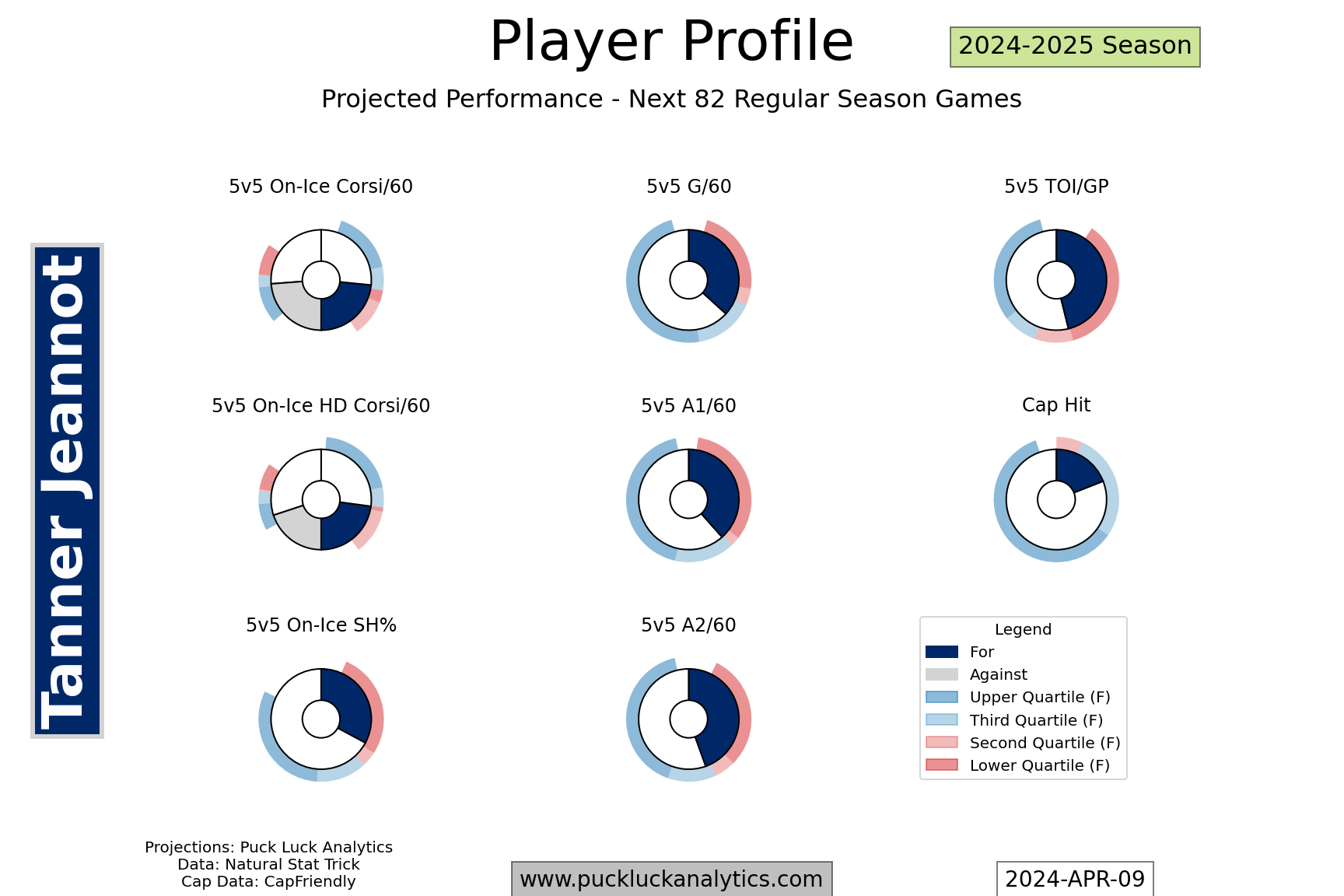
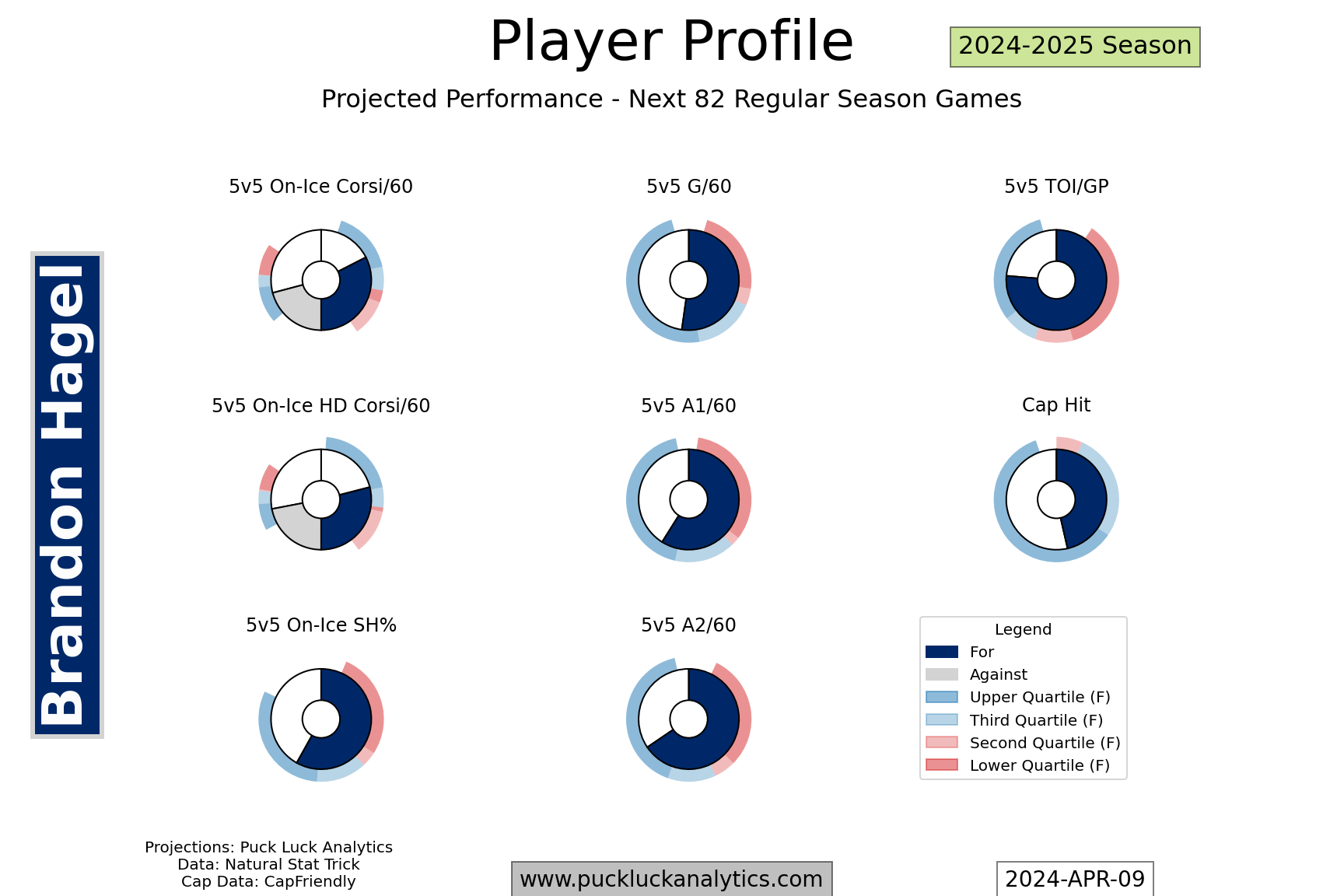
Anthony Cirelli and Mikhail Sergachev will both be 26 when the puck drops next season. It’s their cohort the Lightning should focus on building if they want to extend their contention window and continue to be a factor in the Altantic Division. There are some questionable contracts for middle rotation players that is eating up cap space. The Lightning would be wise to try to move a few of them to create more roster flexibility and target 22-26 year old roster players in return. Kucherov and Vasilevskiy are probably a lock to keep, but they should explore moving anyone else on the roster if it can help them add quality players that help them rejuvenate their roster.
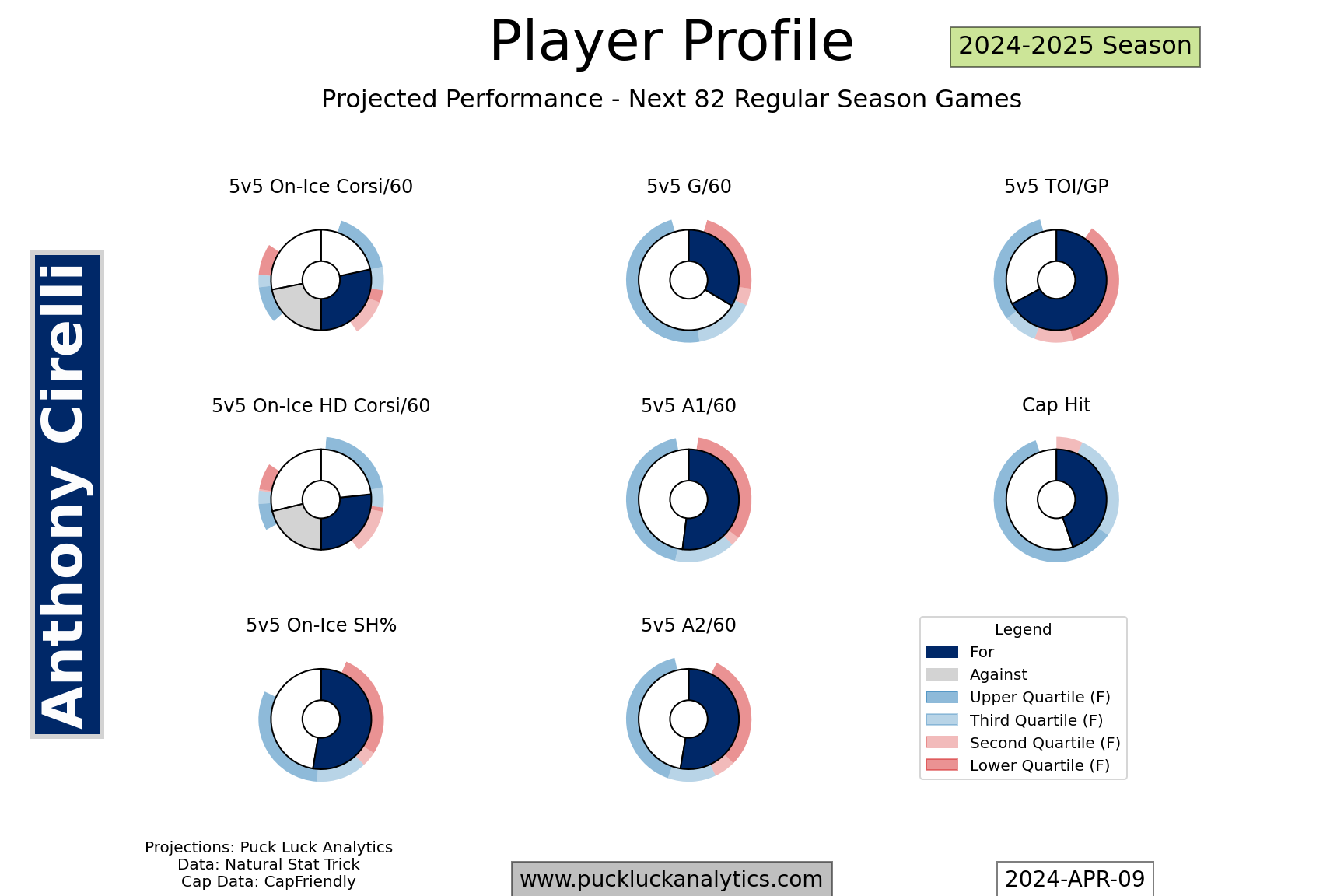
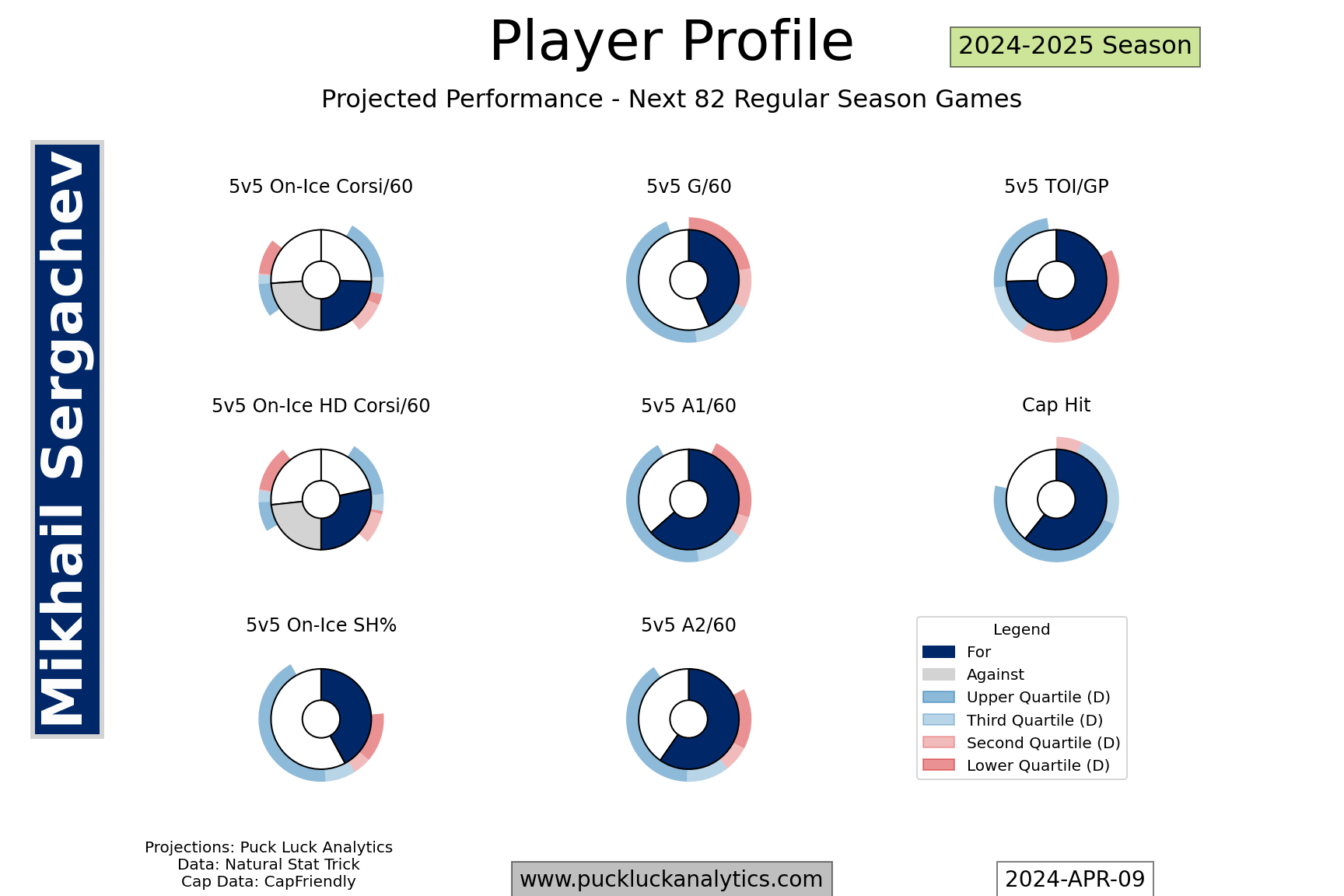
The Lightning are starting to fade, but their core is not so far gone that they cannot continue to compete for a while longer. They need to give their cap sheet some attention to create flexibility and shift their roster to a younger cohort to give themselves the best opportunity to do so.



